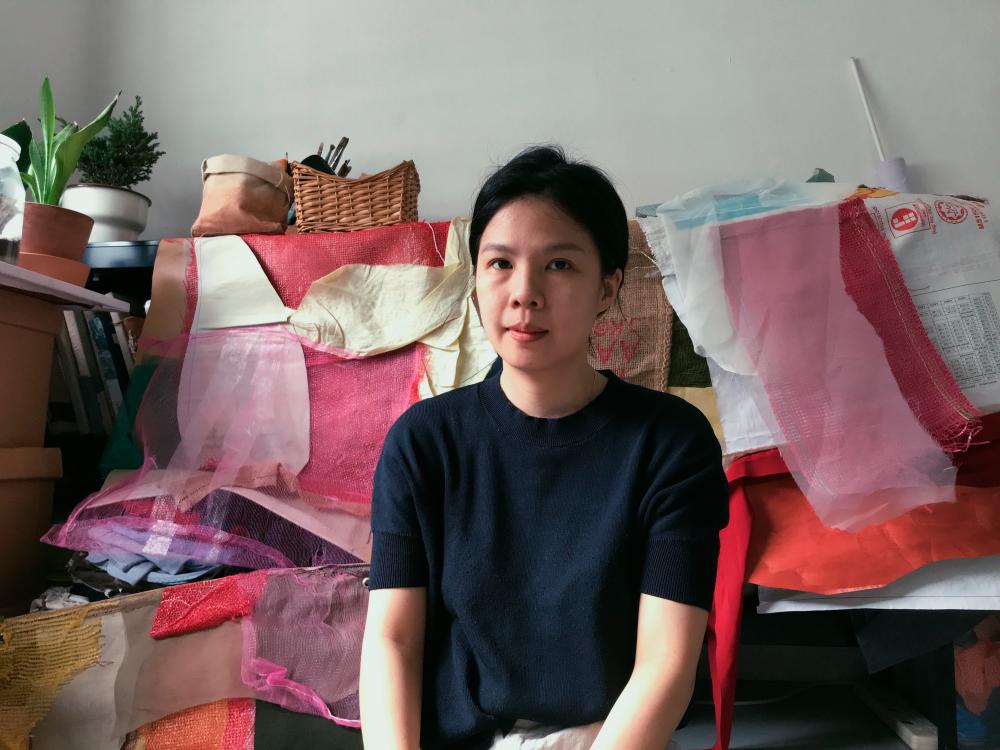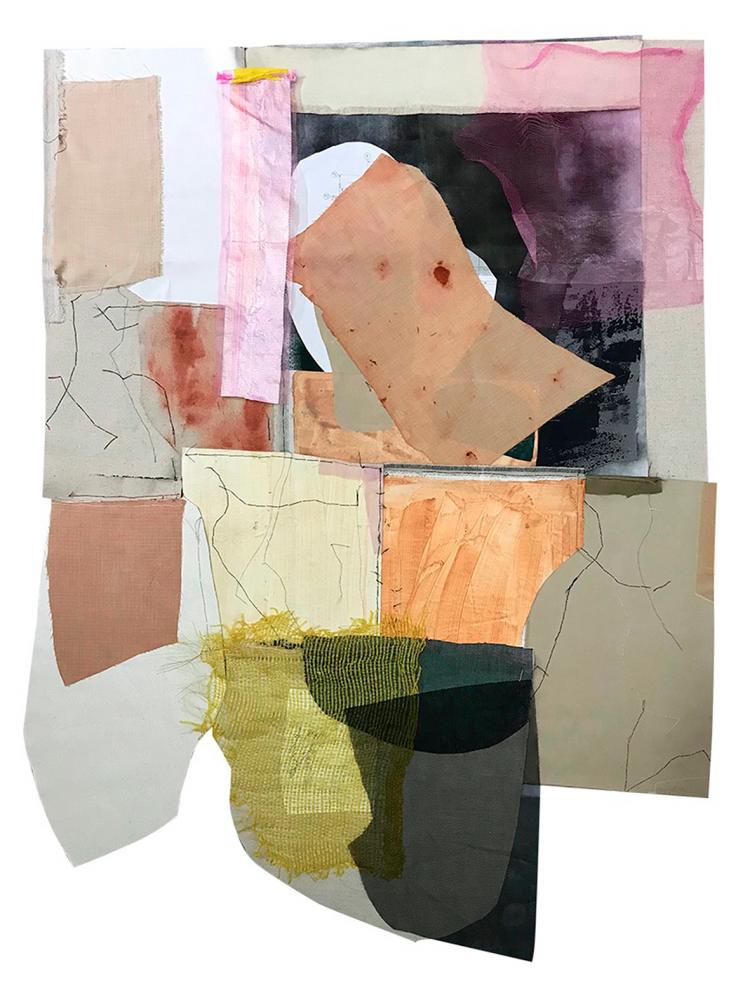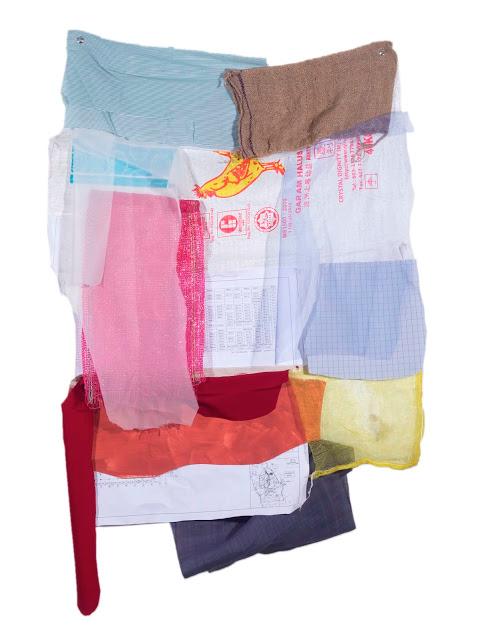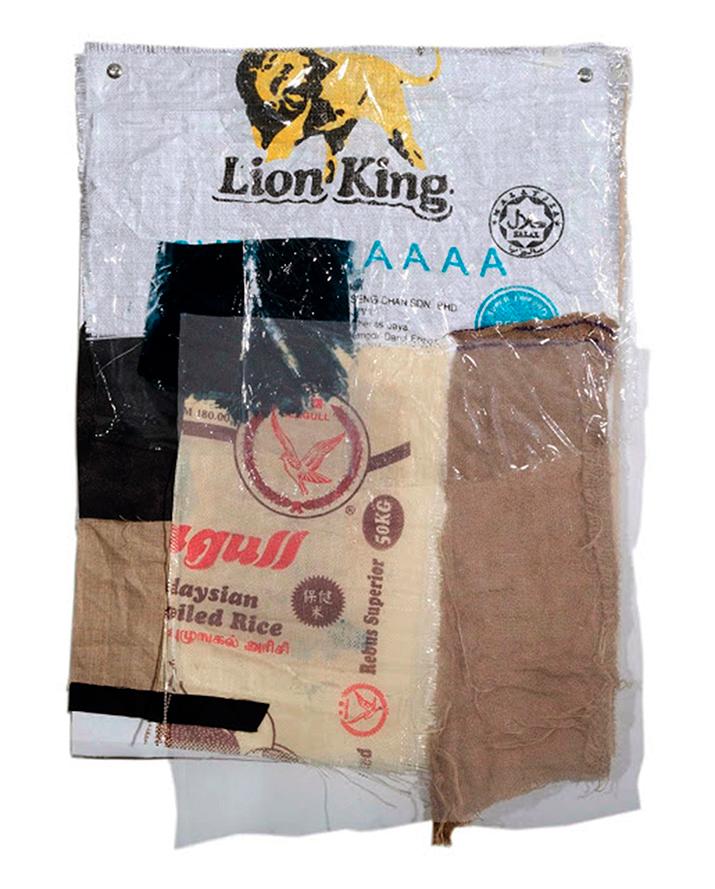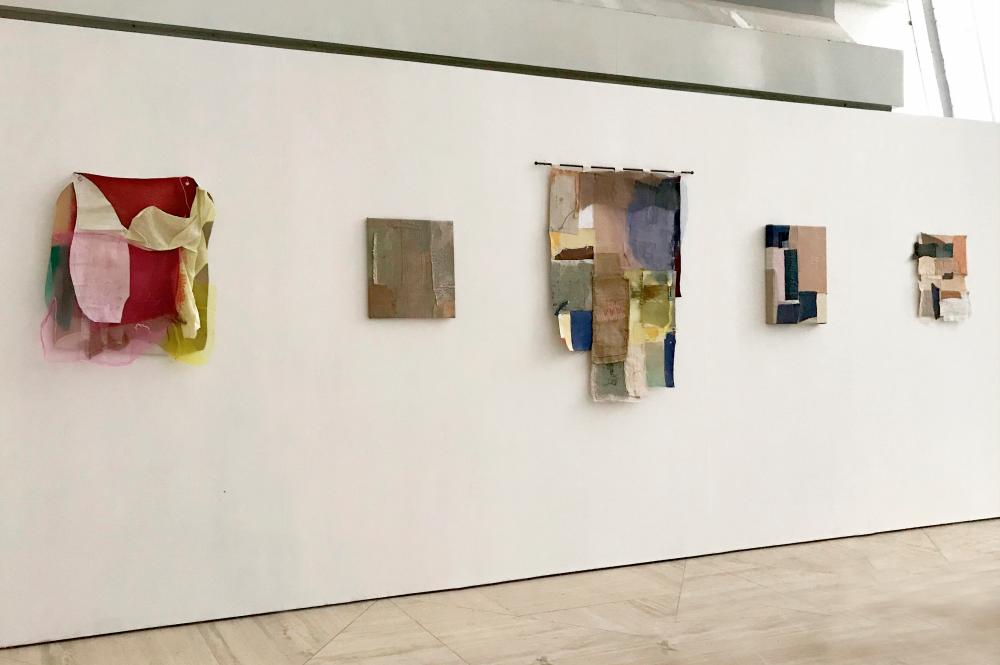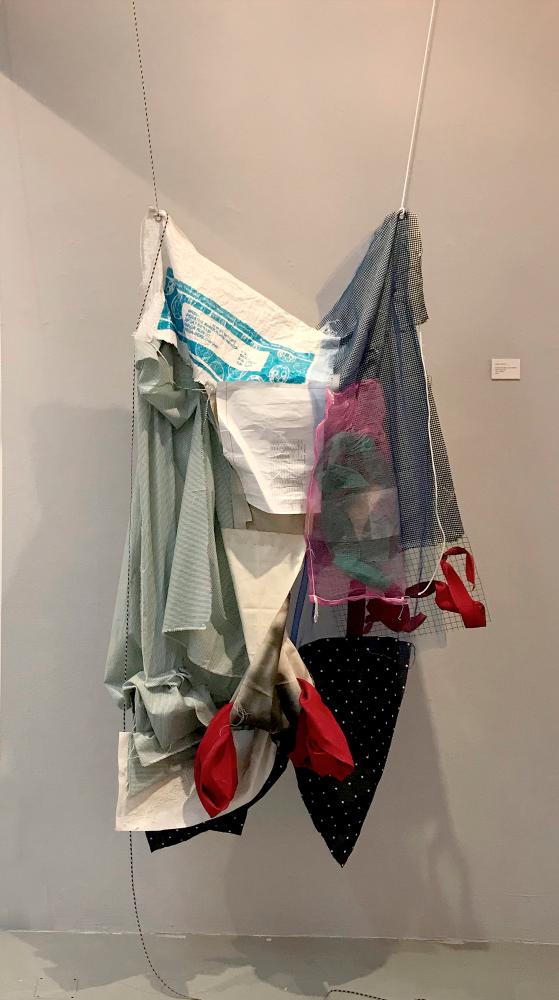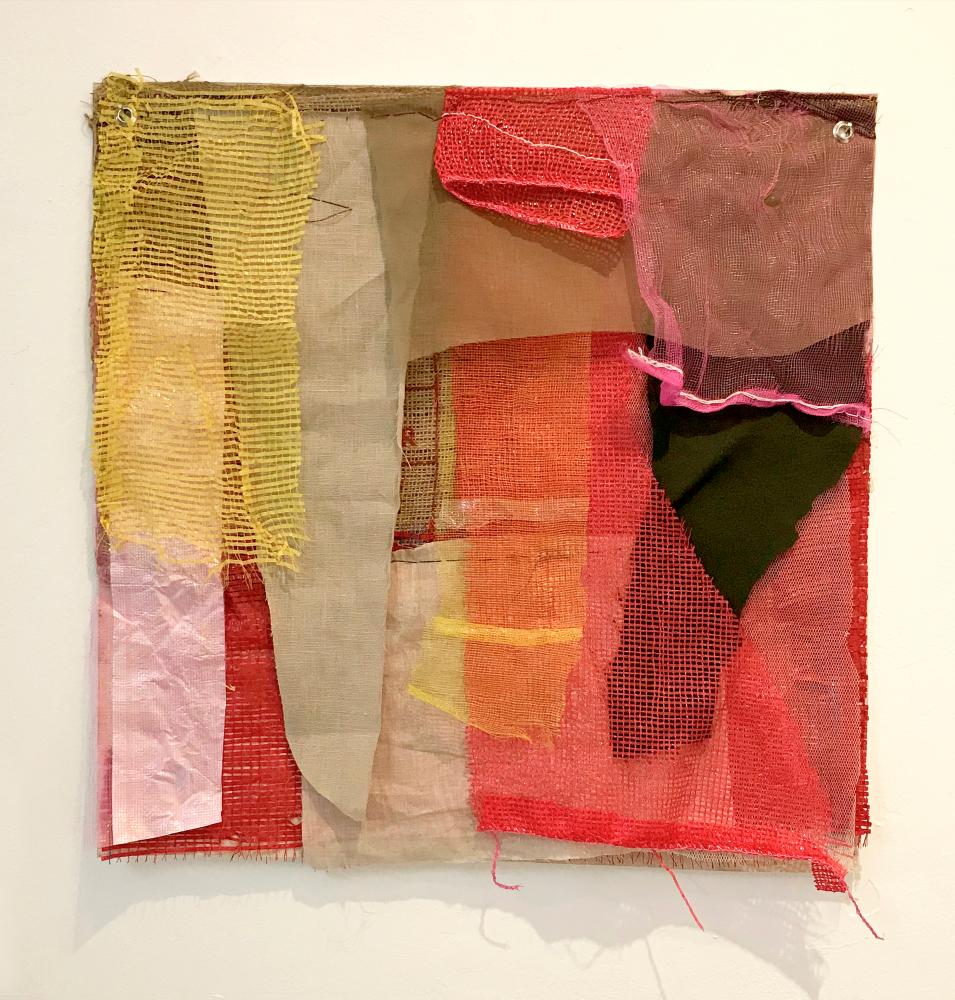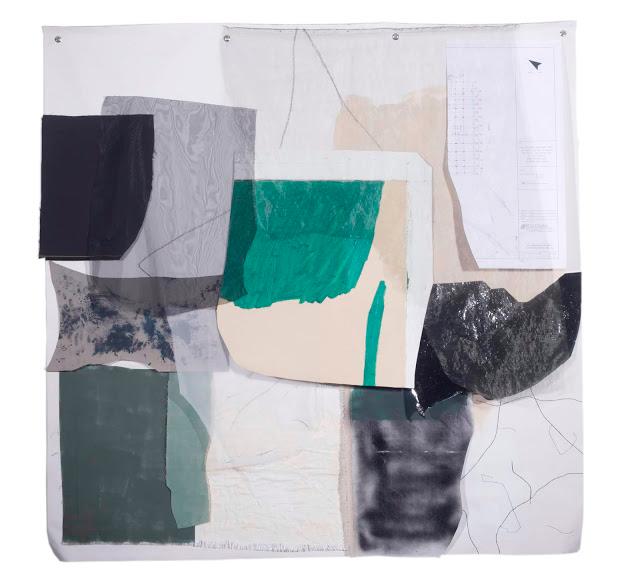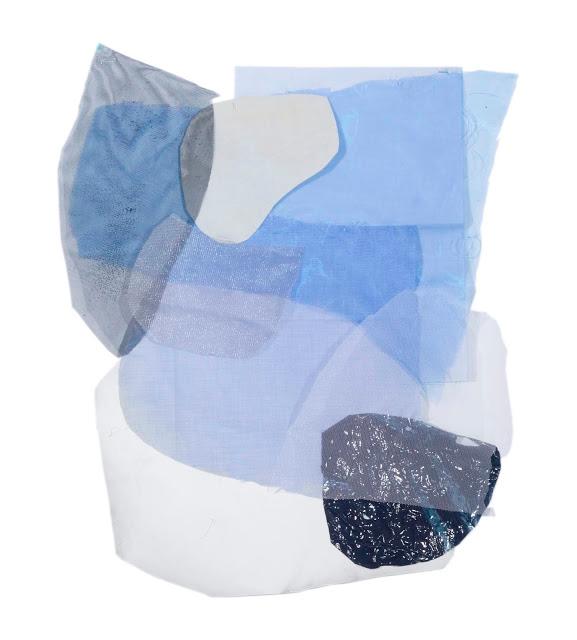UTILISING a diverse array of disposable objects and scavenged materials, experimental artist Liew Sze Lin challenges the practice of traditional painting to create assemblage – a form of visual art similar to collage.
On the surface, the artistic medium appears disorderly rather than immaculate, capturing the anti-aesthetic quality that transgresses art boundaries but projects far more important ideas that make assemblage what it is.
Each piece of the assemblage and its textile materials provide observers with a three-dimensional space and context to contemplate while opening up a dialogue that can prompt indifference.
An early example dates back to the cubist construction of Pablo Picasso’s Still Life (1914), made of wood scraps and upholstery fringe, nailed and glued together to suggest a table and tablecloth, and on top sits painted depictions of food. The sculpture mimics everyday life as Picasso is known to have bread and sausages as snacks while he paints, representing the bigger picture of his creative process and production.
With its crude and hasty workmanship, Still Life came as a shock to art’s accepted distinction at the time it was made, but upon closer inspection revealed a degree of calculated control in the construction that is not apparent initially.
“It all started during my artist residency with HOM Art Trans, when I had a conversation with my mentor, Bayu Utomo Radjikin, the director of HOM. He pointed out that I was playing it safe with what I used to do, which was gestural paintings with shapes and colours.
“At the time, I thought of my collection of fabric and materials from an early time, that had been neglected for so long and I had always wanted to do something with it. From there, I started to shift my practice by using scissors to cut up the shapes and colours rather than paint them.
“I want my works to be breathable, have spaces to wander around and reflect, and frame day-to-day experiences through the common and humble materials and the arrangements of multi-textures in intimate encounters.
“Sometimes, I tap into my memories to remind myself of what I have and where my imagination can take me to invent more things. At other times, I use memories of the past that I wish to experience again, and turn them into ideas in my works.
“Assemblage and collage allow me to understand materiality by recombining them into purely aesthetic forms and let the works’ materiality and texture speak of their previous uses and accumulated emotions to create surprising and unexpected compositions.
“Weaves of familiar objects are not just torn and cut up, but painted on and painstakingly rearranged in an attempt to revisit our life to see what we can make better,” Liew said.
In addition, questions were often expounded to bring to mind the extent to which the employed materials were assembled from scattered parts. Such refashioning and combining of the original materials into one artwork is also a play on the tension between individual materiality and their expanded purpose.
Yet how does the relationship between the different objects or rather, subject-matter form, reflect the enthralling narratives behind the assemblages?
“The assemblages consist of materials like woven sacks, jute bags, nets, used textiles and worn clothes that are withdrawn from the original context of household products and food packaging, and the fashion industry shows us how we are living today.
“It frames the context where our daily habits and behaviour are placed in an artwork while raising questions on how interrelation is built through encounter and connection.”
The duality of deconstruction and reconstruction reveals itself when Liew exposes and subverts quotidian materials, and analyses the depleted values to seek responses from discarded waste or byproducts.
“Those materials are shreds of evidence that already served their purpose and now they become purposeless, which asks the question: What is our relation to the world of objects around us?
“During this process, the concept is destroyed and a closer relationship is formed. I’m trying to challenge the audience to see the material like an art object, seek the relation, think about the objects that we consume, help us build our identity and build an image for the outer world.”
That said, the clarity in which Liew alluded to her thought and the artistic process has unpacked certain defining features regarding material identity.
For example, the perfect assemblage transcends merely putting together few pieces of textiles and readymade materials, where finding the right material is just as important as what she might do with it, and how the different materials could dictate the way the artwork develops.
Liew’s assemblages could alternatively be viewed as a series of mood boards. Balanced compositions filled with rendered forms, strange juxtapositions with simultaneous contrast further emphasise the artist’s fanciful abstraction and experimental impulses.
It is her understanding of the collisions of materials that informed and served as mediums for a deconstructive response. Because of this, the piecemeal and manifold transformation changes its meaning and function irrevocably.
‘CS 4’ (2018). – PICTURE COURTESY OF LIEW SZE LIN



